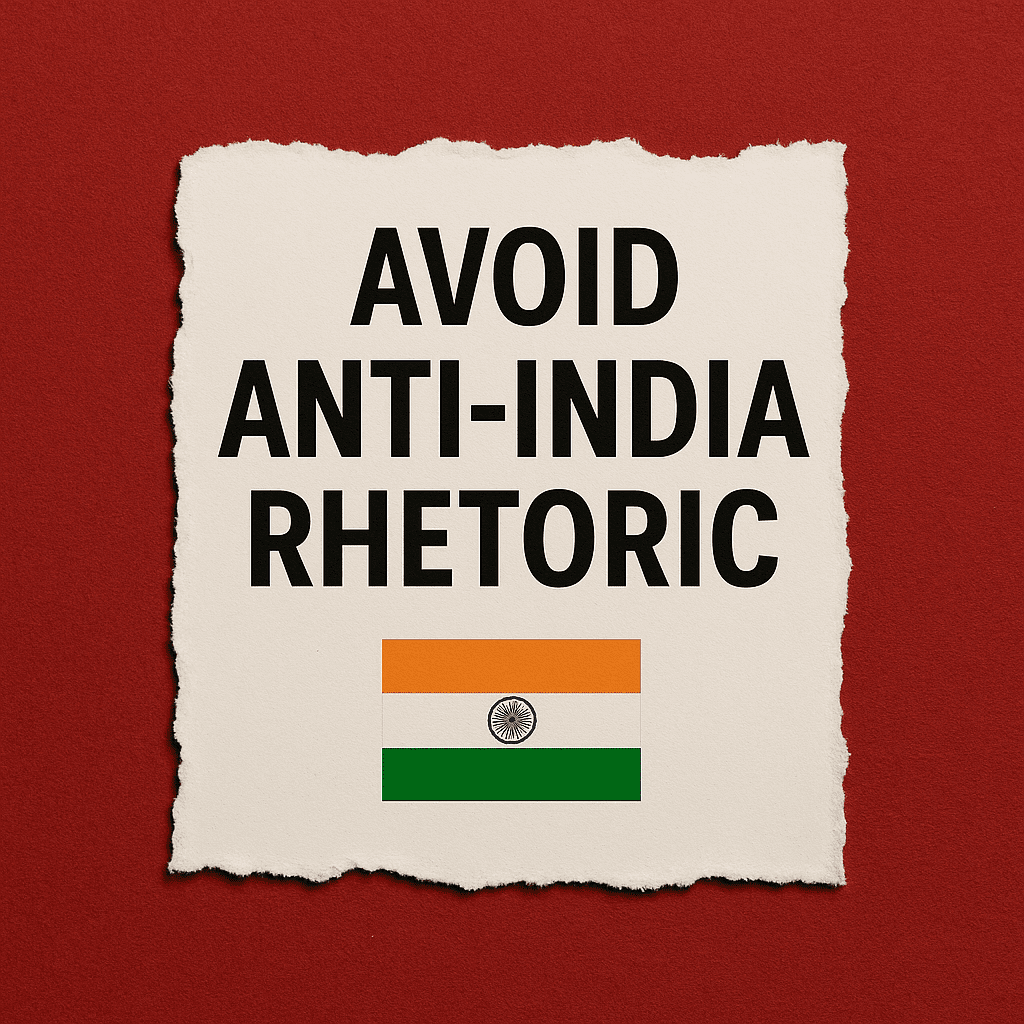The adage “importing technology is importing culture” rings with profound truth in the Indian context. Throughout history, the introduction of foreign technologies and material ideas has acted as a Trojan horse, carrying within it embedded cultural values, social norms, and worldviews that inevitably reshape the receiving society, often with disruptive and sometimes devastating consequences. India’s experience reveals a recurring pattern: technological adoption without sufficient cultural readiness leads to profound societal dislocation, challenging traditional structures faster than meaningful adaptation can occur.
Historical Echoes and Cultural Displacement: Consider the colonial-era introduction of mechanized textile looms from Britain. While boosting production efficiency, this technology decimated India’s handloom industry, a sector deeply interwoven with caste-based artisan communities (Julahas, Ansaris) and regional cultural identities. The imported machinery carried an implicit cultural logic of industrialization, standardization, and mass production that clashed fundamentally with the decentralized, craft-centric, and ritually embedded production systems of pre-colonial India. The resulting social devastation – the collapse of artisan livelihoods and the erosion of centuries-old skills – was not merely economic but a profound cultural rupture. Similarly, the introduction of Western-style education systems, emphasizing individual achievement and specific disciplines, often sat uneasily alongside traditional Indian knowledge systems (like gurukul pedagogy) that integrated spiritual and practical learning holistically. The expectation that importing the structure of education would automatically yield similar societal outcomes as in the West ignored the deep cultural roots of learning.
Modern Manifestations: Identity, Aspiration, and Anxiety: The 20th century saw the import of consumer goods and their accompanying marketing philosophies. Advertising, a technology of persuasion born in the West, arrived alongside products like Pond’s creams. Early campaigns featured European-looking women draped in sarees, promoting not just skincare but a specific, hybridized ideal of “modern” femininity: one that combined Western beauty standards (fair skin, specific features) with superficial nods to Indian tradition (the saree, the bindi). This imported the cultural baggage of linking self-worth and social mobility to physical appearance defined by foreign norms, creating anxieties and aspirations that were previously alien. The rise of social media and dating apps, technologies designed in Silicon Valley reflecting specific Western notions of individualism, romance, and social interaction, has profoundly impacted traditional Indian courtship patterns, family structures, and community oversight, leading to generational clashes and a sense of cultural dislocation, particularly among the young who are “digital natives”.
The Unpreparedness and Systemic Disconnect: The core issue lies in the lack of readiness and unrealistic expectations. India’s approach often focused on importing the material artifact or system – the factory, the curriculum, the app, the product – while underestimating or ignoring the cultural operating system required for its original context and the profound shifts it would trigger in its new home. Policies like the Scientific Policy Resolution (1958) or Technology Policy Statement (1983) emphasized building scientific infrastructure and self-reliance, but struggled to address the cultural integration of these imported technological paradigms into a society with vastly different social, religious, and philosophical foundations. The expectation that technology and material progress could advance in isolation, leaving traditional social structures, values, and expectations unchanged, proved dangerously naive. This disconnect is evident in the stark gap between the rapid adoption of digital communication tools (importing norms of constant connectivity and fragmented attention) and the persistent lack of critical infrastructure or digital literacy tailored to India’s diverse socio-economic realities.
Beyond Devastation Towards Conscious Integration? The impact of imported technology on Indian culture is not uniformly negative; it has also driven progress, connection, and new forms of expression. However, the devastating consequences – the erosion of traditional livelihoods, the commodification of identity, the disruption of social cohesion, and the psychological toll of rapid, unmediated change – stem directly from the chronic lack of readiness and the failure to anticipate that technology is never culturally neutral. Moving forward requires acknowledging this intrinsic link. Importing technology necessitates conscious, critical efforts to adapt its embedded cultural logic, not just adopt its material form. It demands investing not only in the technology itself but in the social and cultural infrastructure needed to integrate it meaningfully, mitigating disruption and fostering a future where technological progress strengthens, rather than fractures, the complex tapestry of Indian society. The chai stall serving global news via WhatsApp exemplifies this ongoing, often uneasy, negotiation between the imported and the indigenous.



